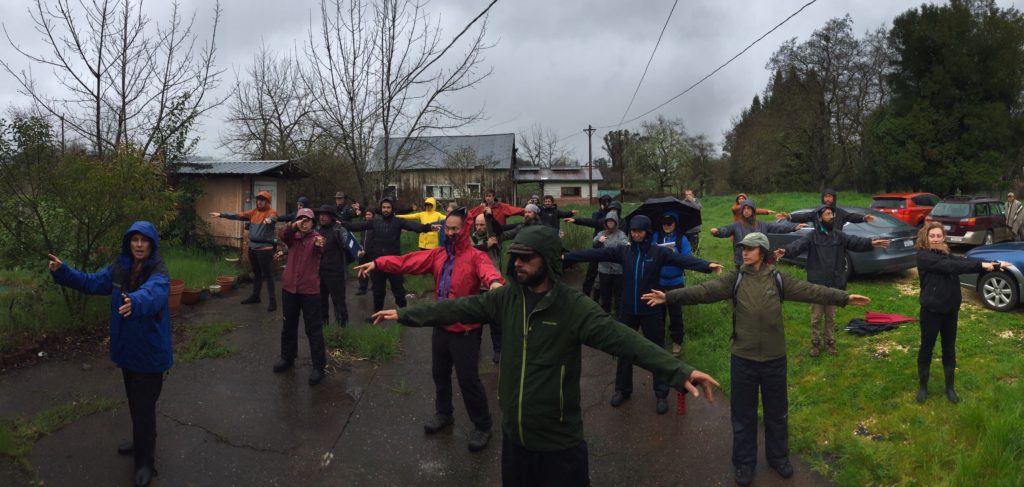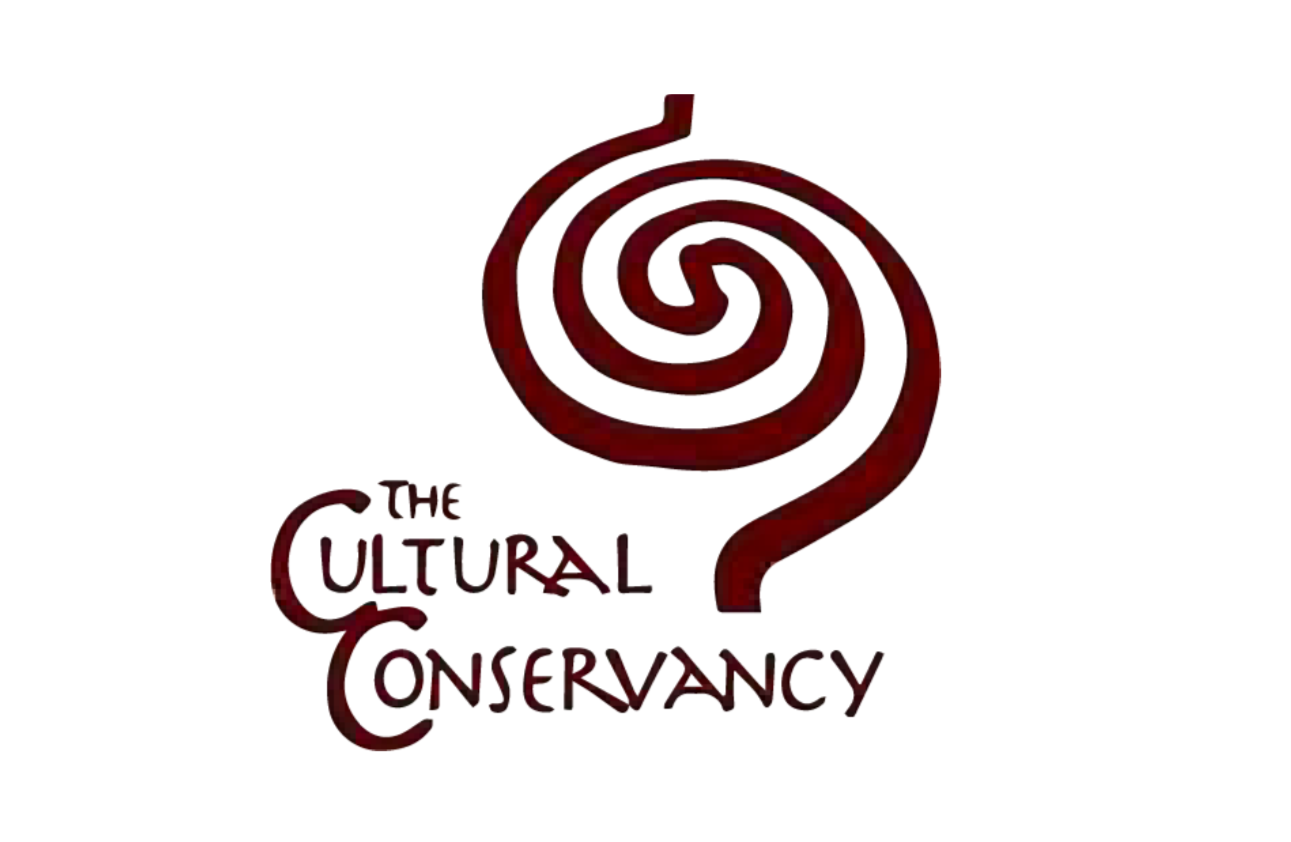The Cultural Conservancy’s Vision for a Biocultural Renewal Project in Graton
There is a one-of-a-kind indigenous land project happening right here in Southern Pomo Coast Miwok territory and it happens to be with OAEC’s long-time collaborator and partner, The Cultural Conservancy (TCC)! Melissa Nelson, Executive Director of TCC and President of OAEC’s Board of Directors, and the remarkable TCC team have a big vision of an inter-tribal biocultural heritage farm and indigenous educational center located in Graton. Having hosted many TCC gatherings at OAEC over the last couple of decades, such as Native Foodways convenings and Youth Guardians of the Waters retreats, OAEC is incredibly honored that TCC has invited us to join them in various aspects of this land-based project. And of course, on a personal level, we couldn’t be more delighted to have our friends at TCC as our new neighbors!!!
For three decades, TCC has been doing work on biocultural restoration and indigenous sovereignty all around the world, from the Native Foodways program at Indian Valley College in nearby Marin to a traditional navigation and sea voyaging program in the faraway Pacific island nation of Tonga, and lots more. This project in Graton will provide a land base for TCC’s work, and over time, it will become a beacon for Native culture and foodways restoration in California, across the US and around the world.
The 7.6-acre piece of land was recently purchased by TCC at a significantly lower than market rate in an act of reparations by the previous settler-owner. TCC has completed extensive ceremonial protocols with and received the blessing of the Federated Indians of Graton Rancheria, whose ancestral territory the TCC project is located in.
TCC reached out to OAEC early-on to draw on our bioregional knowledge and experience in facilitating community-based ecological design projects as they land themselves in this place and clarify their vision for the site. In mid-August, OAEC’s Permaculture Directors Kendall Dunnigan and Brock Dolman and Program Manager Cooper Freeman were invited to participate in the initial week of learning exchange and planning with the organization, board, and TCC’s extended community of indigenous cultural bearers. Kendall Dunnigan says “TCC’s approach is incredibly positive, clear-eyed and very collaborative with the careful tending of relationships being central to their process.”
TCC’s vision for the land is to “create an Indigenous biocultural heritage oasis focused on the conservation and regeneration of Indigenous agriculture, Native science, and healthy lifeways. We plan to share this Native learning space with our Indigenous partners, intertribal communities, and allies in order to enact Indigenous resilience from the ground up.”
OAEC is supporting this vision by sharing our Resilient Community Design methodology and other resources, including use of the OAEC site as a place to host participants during important planning meetings and throughout the implementation process, as overnight accommodations are very limited at the TCC site.
Listening to the Land
The 7.6-acre rectangular parcel in the Green Valley Creek watershed runs northwest to southeast with a little wetland running through the middle. By examining historical aerial photographs back to 1940, the land was covered with apples, then overgrazed by horses and cattle to its current degraded state. But what would this land have looked like 2,000 years ago? In a fully intact ecosystem with native peoples actively tending the land, the low-lying area would likely be a verdant riparian system connected to Green Valley Creek and the upper sections would be oak savanna with perennial bunch grasses. What could it look like 2,000 years from now back in native stewardship?
When engaging in our Resilient Community Design process, we start by tuning into the basic anatomy of the land including soil analysis, water flow mapping, observing solar, wind, and fire patterns, creating plant and bird lists, and more. OAEC is supporting TCC to assess, design and implement their vision based on their own deep conversation and participation with the land and their extensive community of native cultural bearers.

Above: OAEC’s March and July permaculture course students had the special opportunity to visit the site and participate in an exercise to make observations of the land, ask questions about what the TCC team envisioned, and offer some design ideas to catalyze conversation and thought. It was pouring rain in March and over 100 degrees in July, so each group of students got to observe the land in two vastly different seasonal conditions. Above, students align their bodies with the cardinal directions to observe the path of the sun in an exercise we call “Body Solar.”
It is a true honor and pleasure to work with indigenous restoration leaders who recognize and centralize positive relationships with the entire web of life. From the indigenous people originally from here, to indigenous people from other areas who will use the site, to non-native allies and neighbors – we are all here now in this place, so how do we move forward together in a reverential and reciprocal, community-centered, ecologically-sound way? TCC is holding this question with so much wholesomeness, respect, and care. We’re looking forward to continuing to go deeper into these questions together, offering our center and design methodologies as a resource, and supporting the growing movement of land-based projects led by indigenous people and people of color in our area and around the country.
OAEC and The Cultural Conservancy are raising funds to support our collaboration, and The Cultural Conservancy has been offered $250,000 matching grant for this project, so any donations made now to TCC will be doubled! Donate online at nativeland.org/donateor to discuss a larger gift, contact Cooper Freeman at or Melissa Nelson .






